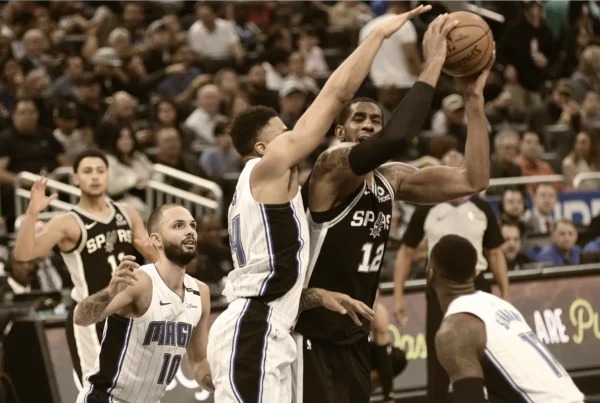Just to be clear, I am the four-year-old in this story.
When I am talking to leaders about making strategic (high-stakes) decisions, I remind them that it is eerily similar to walking down the cereal aisle of their favorite grocery store. With a four-year-old. And there are plenty of decision-making lessons to be learned from that four-year old. Namely, the impact of the following on our ability to achieve our desired outcome:
- Choice Overload (The Paradox of Choice)
- Buyer’s Remorse (Regret or Anticipated Regret)
- Satisficing (Good Enough)
1. Choice Overload (The Paradox of Choice)
Have you ever seen that four-year old standing in the middle of the aisle, staring, eyes wide, slightly leaned back trying to take it all in? To the point where there is a slight glaze in their eyes with mouth slightly agape. Too many choices with the pressure of the steely eyed gaze of the Cap’n bearing down into your soul?
Considering the near infinite number of options available to decision makers places a ‘tax’ on our cognitive systems to the point where a decision is delayed or not made at all. And to be clear, not making a decision IS a decision. Research in choice overload hypothesizes that having more options may lead to ‘decreased satisfaction, lower confidence in our choices, and a higher chance that we will regret our decisions.’
2. Buyer’s Remorse (Regret or Anticipated Regret)
When that four-year-old selects the Cap’n and then is ushered to the cash register while longingly looking at all the choices that were not made, it becomes painfully clear that a choice made, necessarily means that resources are not expended on something else (opportunity cost) that ‘could have been better’. This ‘anticipated regret’ causes leaders to ‘look back’ instead of looking forward and implementing their strategic decision with precision and effectiveness.
3. Satisficing (Good Enough)
Finally, when the paralysis and anticipated regret lead to that same four-year-old screaming their eyes out and creating snow angels on the floor of the aisle, there are some leaders that ‘do not want to deal with it’ and simply take the cereal that the store conveniently places at the end of the aisle. This selection of an option that (maybe) meets our minimum criteria only because it is ‘close’ or ‘easy’ is known as satisficing bias.
We encourage leaders to counter these risks and their negative impact on strategic decisions by not going to the grocery store hungry. When we go to the grocery store hungry, anything we find may do. In contrast, when a leader details the desired outcomes and the picture of a success before the strategic decision (before entering the store), then we are able to identify the best path through the store that will get us what we want! And, we will be less and less distracted by all the other options, more assured in our decision, and reduce the risk to ‘settle’ or not make a decision at all!
Although I am still the four-year-old to this day (at least in the grocery store), reinforcing our discussion from the previous article and identifying ‘markers of success’ prior to making the decision enables selection of the best path forward to achieve the greatest outcome! So, I never have to go the grocery store hungry again!





